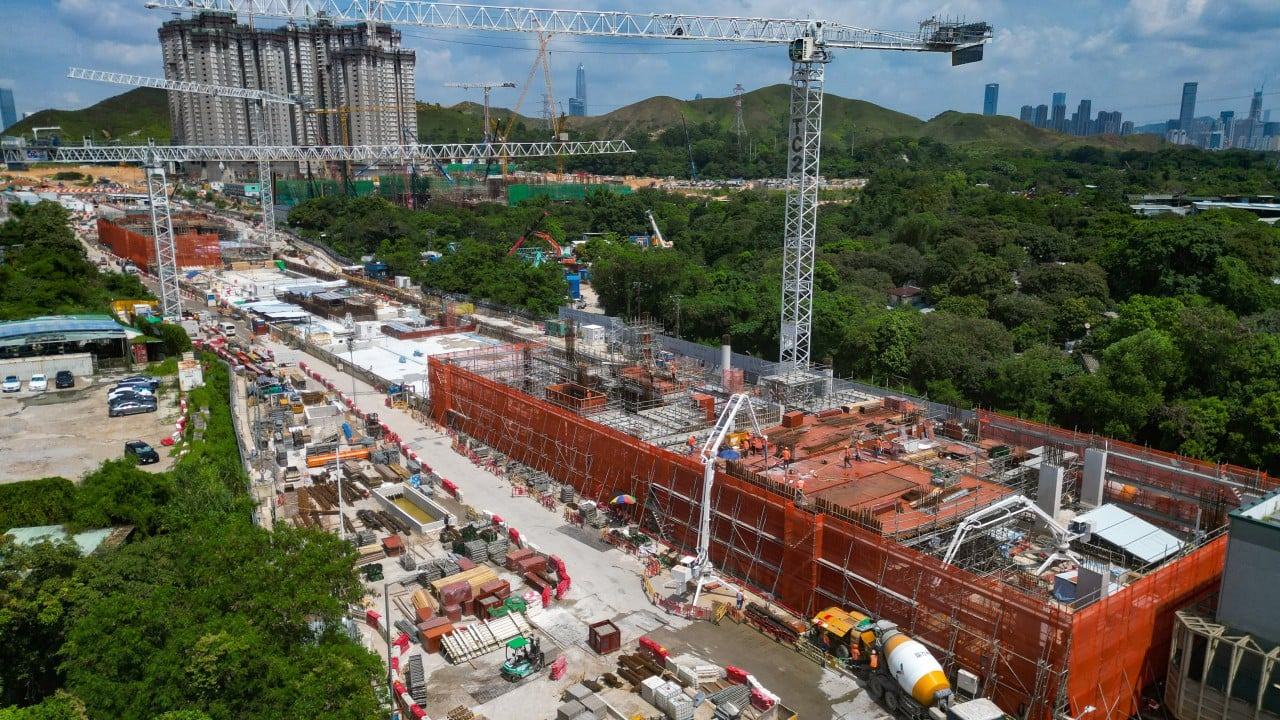Published: 8:30am, 11 Jul 2025Updated: 8:43am, 11 Jul 2025
Hong Kong’s move to use mainland standards for a cross-border rail project in the Northern Metropolis megadevelopment can set a viable precedent for the future, experts have said, as it capitalises on China’s established and rapidly growing railway sector.
Advertisement
Although the Hong Kong government did not specifically set out which mainland Chinese standards would be applied to the construction of the Northern Link spur line, it forecast that the project could be completed two to four years earlier in 2034 and costs would be lowered by 20 to 30 per cent.
Some experts said the switch to China’s rail standards from the existing United Kingdom and European ones meant the city could leverage the mainland’s expertise, workers and sourcing of materials on the back of the country’s extensive railway network.
They also suggested it could be a way out of the city’s notorious reputation for having the highest construction costs in Asia.
The government considers the Northern Link project to have “significant strategic value” as the cross-border railway connecting Hong Kong and the mainland is expected to complement the development of the Northern Metropolis, which aims to transform 30,000 hectares (74,132 acres) of land into an engine for economic growth, supporting a population of about 2.5 million and creating around 650,000 jobs.
Advertisement
Henry Cheung Nin-sang, chairman of the Association of Hong Kong Railway Transport Professionals, said the mainland set national standards for various industries including the railway and construction sectors. They were about 95 per cent similar to those in Europe and the United States as the country had export business with these markets.

